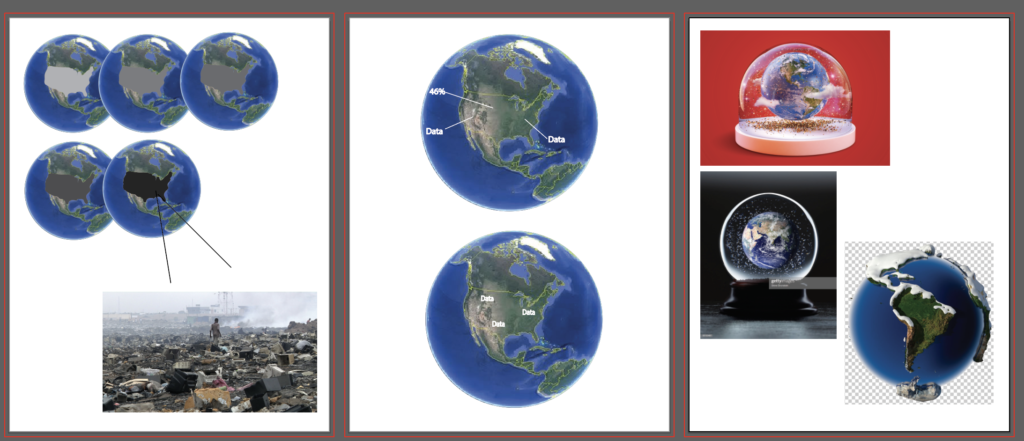I went to the Deck The Halls light show at City Hall in Philadelphia. Although this wasn’t a super interactive event, I emailed the designer of the show in hopes that they will be willing to answer a few questions for me about projection mapping and his journey through learning it and creating his own company.
https://www.klip.tv/cityhallholiday017 – This is a link that shows previous shows for the Deck The Halls display created by the company Klip
https://www.ricardorivera.tv/about – This is the artist who founded the company Klip that I contacted
https://www.klip.tv/contact – Klips company
Watching this show was inspiring because I’ve never seen projection mapping like this before. It was really cool to see how the designers took into account every part of the building they wanted to highlight and the detail that was put into it so it made it effective and engaging to watch. This projection shows that it was made to only show on this building and would not have the same effect if it was displayed on another surface. I want my thesis project to have that the same effect because I decided to project my main show on a sphere instead of the wall or a flat object.
